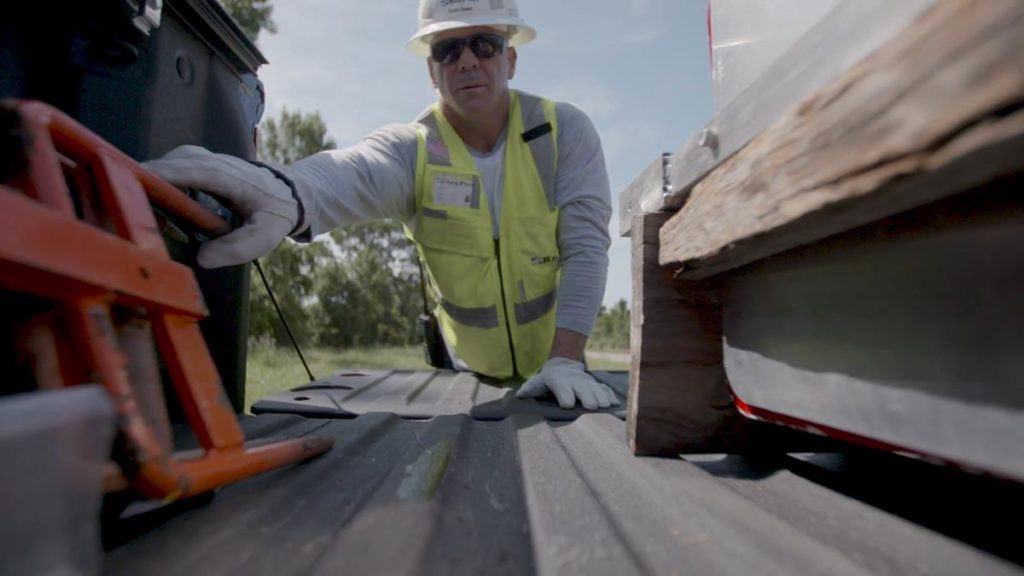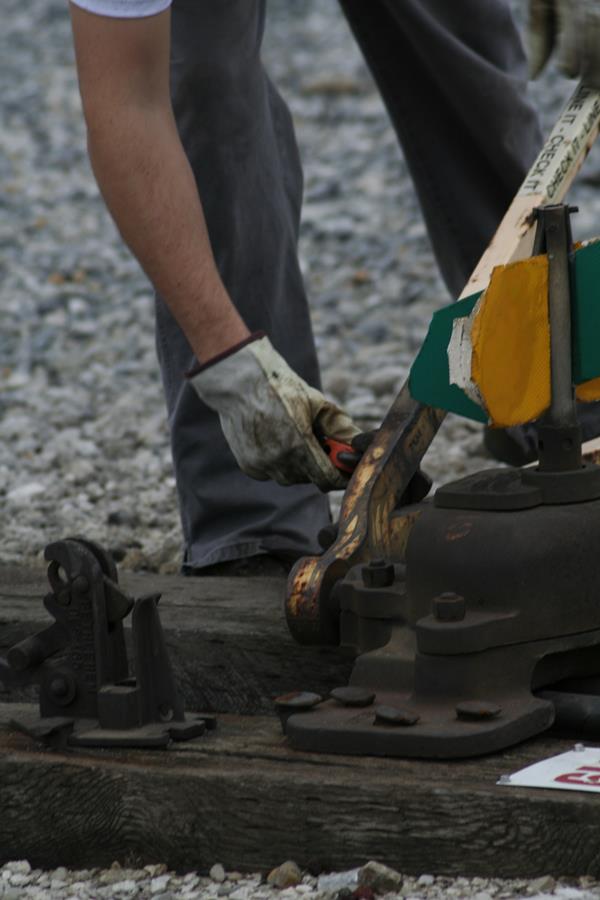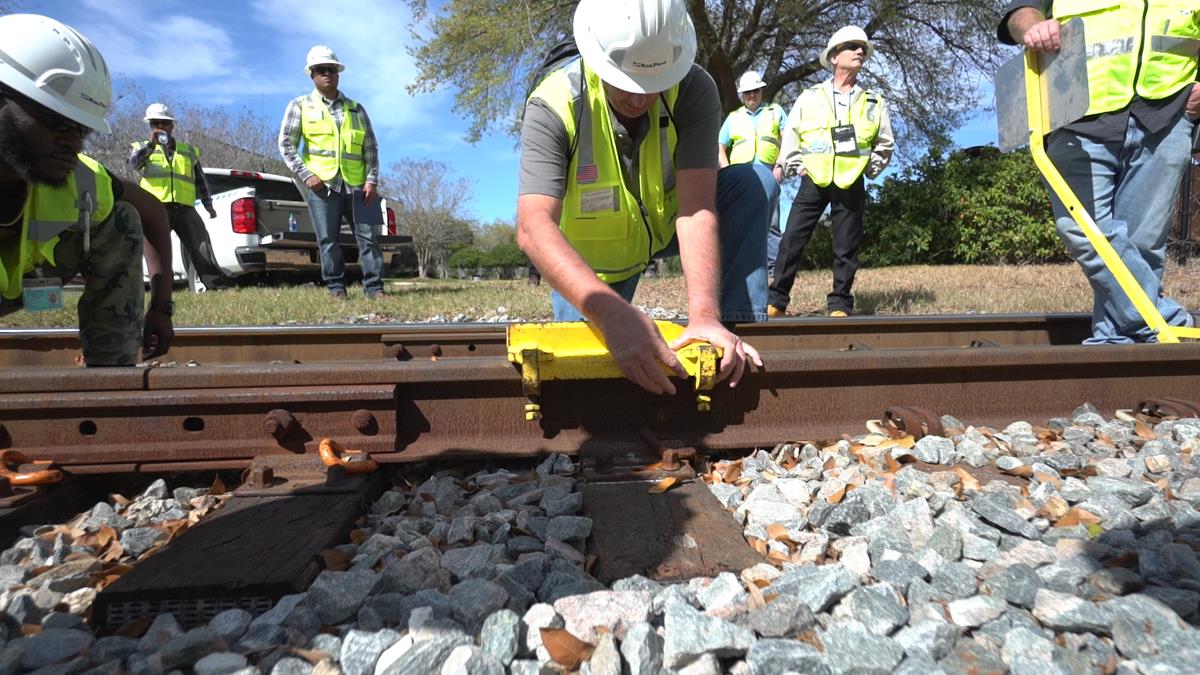In the railroad industry, pinch points can be a common workplace exposure. A pinch point is any point where it is possible for fingers or toes to be caught between moving and stationary portions of equipment. Anything that opens, closes, and/or moves has the potential to be a pinch point exposure, including drawers, lids, heavy parts, pulleys/lifting systems, tools, and especially doors.
Across the U.S., hand injuries account for a large percentage of disabling on-the-job incidents that occur each year; the majority of which are related to pinch points. Something as small as a pair of pliers or as large as a work vehicle can present a pinch point exposure. The exposure exists no matter what. However, risks – once identified – can be minimized.
To help prevent injuries, a Risk Assessment should be performed prior to the performance of a task or when conditions change. A proper Risk Assessment involves thinking about the task to be performed, where the task will be performed, and preparing for any potential hazards. There are four simple steps for performing a basic Risk Assessment: Stop, Assess, Fix, and Evaluate. The Job Safety Briefing is then performed to discuss the best ways to minimize and/or eliminate risks that were identified during the Risk Assessment.
 Exposures may exist in every task we perform. We must pay particular attention to those exposures with the potential for serious injury. To help identify what exposures are present in a given task and understand their potential impacts, we should begin each task with a thorough Job Safety Briefing. This allows an opportunity to review and discuss applicable life-saving processes that may mitigate some of the risks and outcomes associated with the identified exposures. Pause the work to re-brief when conditions change and debrief at the end of every task and shift. This series of briefings is part of our commitment to approaching each other about safety, ensuring we all return home safely at the end of each day. Consider briefing yourself and your team on the following pinch point exposures:
Exposures may exist in every task we perform. We must pay particular attention to those exposures with the potential for serious injury. To help identify what exposures are present in a given task and understand their potential impacts, we should begin each task with a thorough Job Safety Briefing. This allows an opportunity to review and discuss applicable life-saving processes that may mitigate some of the risks and outcomes associated with the identified exposures. Pause the work to re-brief when conditions change and debrief at the end of every task and shift. This series of briefings is part of our commitment to approaching each other about safety, ensuring we all return home safely at the end of each day. Consider briefing yourself and your team on the following pinch point exposures:
- When working, do we keep fingers and toes out from between objects that could crush or smash them if the objects shifted, closed, or came together unexpectedly?
- Do we wear the proper Personal Protective Equipment (PPE) for the task?
- Are all guards in place prior to operating equipment and machinery?
- Is proper lockout/tagout (LOTO) applied before performing maintenance or repairs on equipment?
- Is the work area kept clean and orderly to help prevent risk by eliminating potential pinch points?
- Are tools properly stored to prevent shifting, wedging, and/or sharp edges so that they can be safely accessed?
Proper Training for your team is critical to railway safety.


